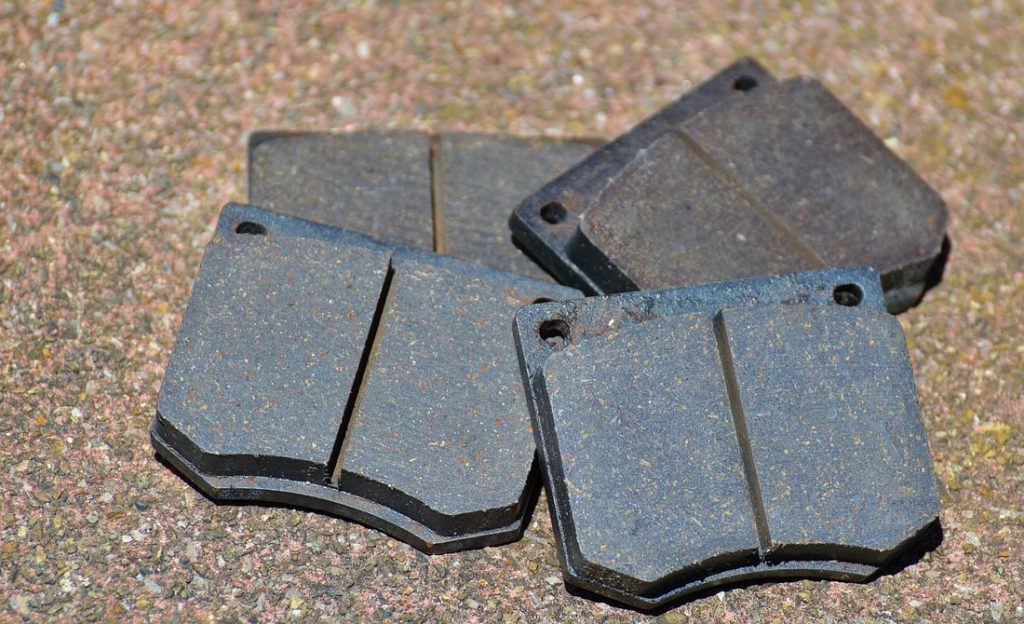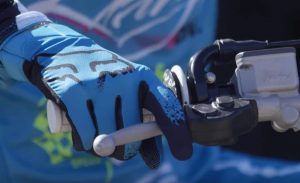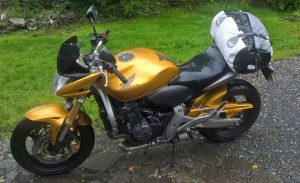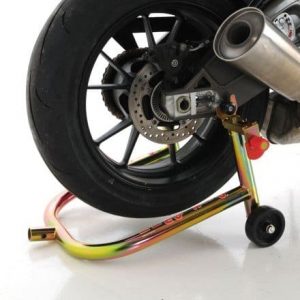Confused as to why people use anti seize lubricant on brakes? This guide explains why you use anti seize copper lubricant on the brake pad caliper pin on installation (not on the actual brake pads).
Jump To Section
What Happens If You Don’t Use Copper Grease Or Anti Seize Lubricant
Well, I did two stupid things:
- I excessively jetwashed the brakes before my trip, removing most of the copper grease from when I last changed my pads
- I didn’t check if any copper grease remained at any point on my trip.
For whatever reason, if there’s no copper grease or anti-seize lubricant on the back of the pads, you get brake squeal; no biggie’.
But, if you don’t have any on the brake pin, it will start to rust. And, the movement of the pads on the pin becomes restricted.
Eventually, they’ll get stuck. And, in my case, they got stuck on; hardly ideal!
The [Roadside] Fix
I could see there was plenty of wear on the pads, meaning the piston wasn’t dislodged from the caliper.
So, in my mind that meant either the brake pedal was seized, or the pads were seized on the pin. And, it wasn’t the pedal.
I managed to free the pads, and I was away again.
The [Actual] Fix
Lubing up the brake pin on your calipers isn’t exactly hard. I’d say a few minutes maximum. And from my side, I’ll be doing it much more regularly than I did.
You need to use an anti-seize lubricant that is copper based, such as this one from Loctite.
How To Use Copper Grease & Anti Seize Lubricant On Motorcycle Brake Pad Pins
We’ll not bother removing the caliper to lube the back of pads, as this is just to show you how quick and easy it is to lube the pin.
#1 – Tools
You’ll need a ratchet or spanner to remove the pin, and copper grease.
But, we’re not removing the caliper, so you’ll want to make sure the pads don’t drop out when you remove the pin. I use a ridiculously thin screwdriver to take the place of the pin, while I lubed the pin.
#2 – Clean
Thoroughly clean the brake pin, removing any rough edges with a stiff wire brush. This will allow the pads to slide smoothly on the brake pin.
#3 – Lubricate
Lube the pin with plenty of copper grease. Try and get some inside the holes where the pin seats in the pads too.
#4 – Bolt It Back Together
And that’s it. Refit the pin, making sure that the pads don’t drop out as you replace the screwdriver, with the pin.
What’s Next?
I regularly write up tips, advice and product reviews, especially when it comes to motorcycle parts and gear. If you want to keep updated, bookmark our motorcycle page, which includes reviews such as this one on the best motorcycle brake pads.







